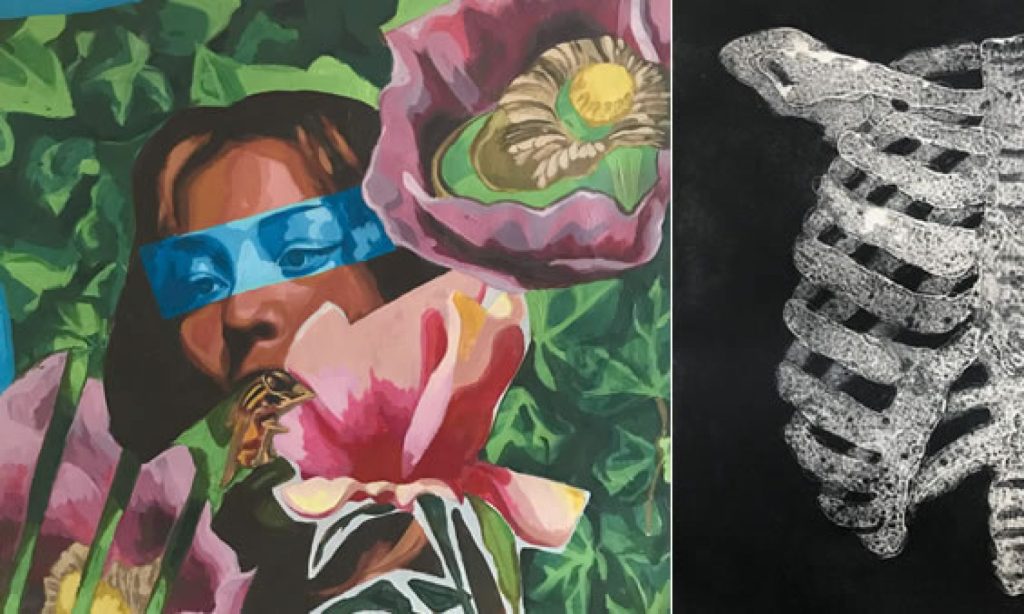https://www.theatlantic.com/magazine/archive/2021/09/twenty-years-gone-911-bobby-mcilvaine/619490/
This article won the Pulitzer Prize in 2022, an award that is considered as ‘the highest national honour in print journalism’. It was nominated for the Feature Writing awards, and it is no surprise to see why. Successful feature articles go beyond just the facts available to us and include a story-telling narrative that takes an in-depth look into the subject/ article. Senior manages to capture the story of one of the thousands of lives lost in the 9/11 terrorist attack, Bobby Mcilvaine, 20 years after the tragedy by including personal accounts of his life from the people who knew and loved him best. She also tells the stories of how they’ve moved forward since the day, and what has become of their lives since, with an investigative style at the end as we find out about his last moments. The article is accessible to audio listeners too, allowing readers to listen to an hour’s reading of the article if desired. The beginning of the article delves into a parents’ harrowing account of grief, sharing details of what personable memorabilia was left behind, such as his diaries, which is the item that links us to the rest of the story told in the article. Facts and opinions are present, with facts about the 9/11 attack alongside Senior’s own account of Mcilvaine from when she knew him. The topic she wrote about coincides with the 20th anniversary of the attack, showing relevance to the time of the publication. Pictures are also included in the article, ranging from pictures of Bob, and a picture of his wallet last found on the day of his death. The article ends with a final message confirming the way we are constantly reinventing stories of the dead, and how we try to make sense of their loss through the final fragments left behind them; leaving the readers with a sense of conclusion to Bobby’s story as told through his closest friends and family.

